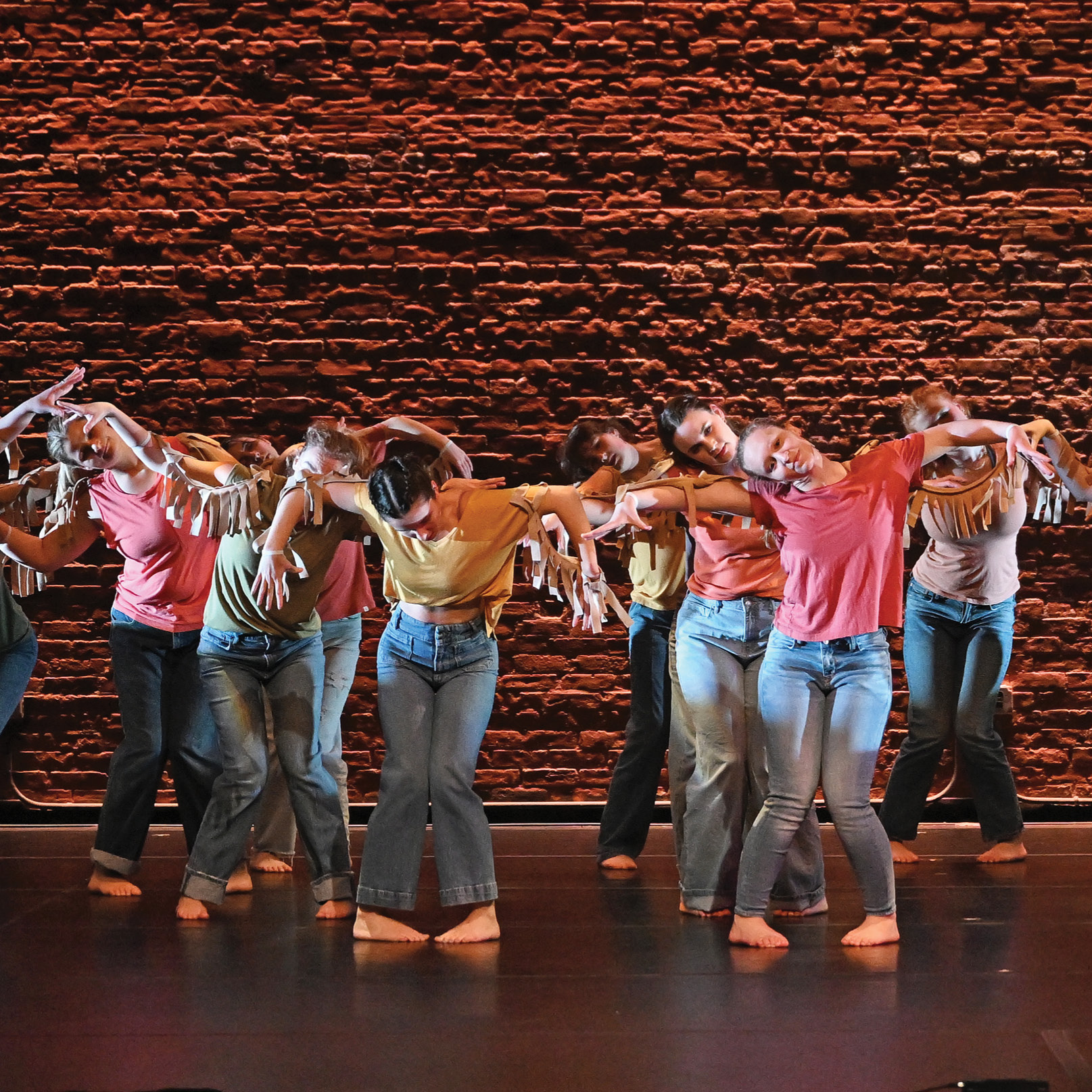
Missing medieval manuscript found after 50 years

In one otherwise unremarkable storage box in Shain Library, Ben Panciera made a remarkable discovery. Wedged between a set of magazines containing stories for Australian children and a biography of an Episcopalian priest was a book Panciera never thought he'd see with his own eyes - a medieval manuscript presumed stolen more than 50 years earlier.
Panciera, the Ruth Rusch Sheppe '40 Director of Special Collections in the Linda Lear Center for Special Collections and Archives, said the find was exhilarating. "You could see right away that it wasn't paper," Panciera said. "I thought, 'Ahhhh, this has got to be at least 400 years old.'"
Panciera, a medievalist, had heard rumors of the book's existence. The manuscript was one of four medieval manuscripts in Elisha Palmer's collection, which was donated to the library in the 1920s. But sometime in the early 1950s, the manuscripts went missing, were presumed stolen and were quietly erased from the College's card catalog. By the late 1980s, the manuscripts were all but forgotten, until Alice Schroeder '91 stumbled upon detailed descriptions of them in Seymour de Ricci's 1935 Census of Medieval and Renaissance Manuscripts in the United States and Canada.
"I guess since I accepted the fact that the theft occurred, I did not question whether any of the manuscripts had been left behind. I had photos and descriptions, and knew they were small and could easily fit into a briefcase, which is the presumed way the thief took them out of the library," Schroeder said.
It now appears as though at least one of the manuscripts never left the library at all. Panciera said the manuscript he found closely matches the de Ricci description of the fourth manuscript in the College's collection. About 250 pages long, it is a Dominican Processional written on vellum (a fine prepared animal skin) in Latin and French. The work, likely written before 1600, contains texts and music for the opening processions for Sunday services, saints' feast-day celebrations and other religious holidays. It appears to be specifically written for Dominican nuns in Rouen, France, and Panciera and Schroeder have traced its origin back to the royal monastery of Saint Mathieu dit les Emmurees.
"It's rare that you can trace a manuscript like this all the way back to its original owner," Panciera said.
Now that the College's ownership of the manuscript has been reestablished, many questions remain - namely, where are the other three? Panciera still believes that at least two of the manuscripts were stolen.
"The one we found would have been the least valuable of the four," he said. "The third manuscript in the collection would have been only slightly more valuable, but the first two would have been very valuable."
Even if they were stolen, Panciera hasn't given up hope that they may one day be returned.
"Our library markings were in the one we found," he said. "Assuming they were in all four, the thief would have had to go to great lengths to remove them, or just work with a dealer who didn't care that they were stolen. It is still very possible that they will turn up in a personal collection or auction one day."
And how the one missing manuscript ended up in the box of gift books may never be known. "A lot of this is still utterly puzzling," Panciera said. "The people who remember the story are gone."
Panciera said he has found other gems in storage boxes, including a 1692 Boston imprint of a Cotton Mather sermon that is now the College's earliest American book, and a 1690 London imprint of the King James Bible, now the oldest King James Bible in the College's collection. The works are interesting not so much for the text inside them, but for their stories, Panciera said. The bible was owned by a locally famous tavern owner in the 1700s, which makes it the earliest known book in the area. And the Cotton Mather sermon includes many annotations by its original owner, which gives us insight into how it was used in daily life.
"You can buy a King James anywhere," Panciera said, "and the 1692 sermon is on Google Books. But these particular copies tell stories about the people who owned them - stories about the history of the area, about religion, about immigration - that is so much more interesting than the text inside will ever be."
The newly found works will be added to College's collection in the Linda Lear Center for Special Collections and Archives. The medieval manuscript, Panciera said, will be particularly valuable to students and professors studying medieval literature or religion.
"The great benefit to students is that they can just walk into the library at any time and ask to see these rare collections," Panciera said. "Our collections are open - anybody can come in to use them. We even welcome the idly curious who come in and ask me to show them something cool."
November 11, 2011
